
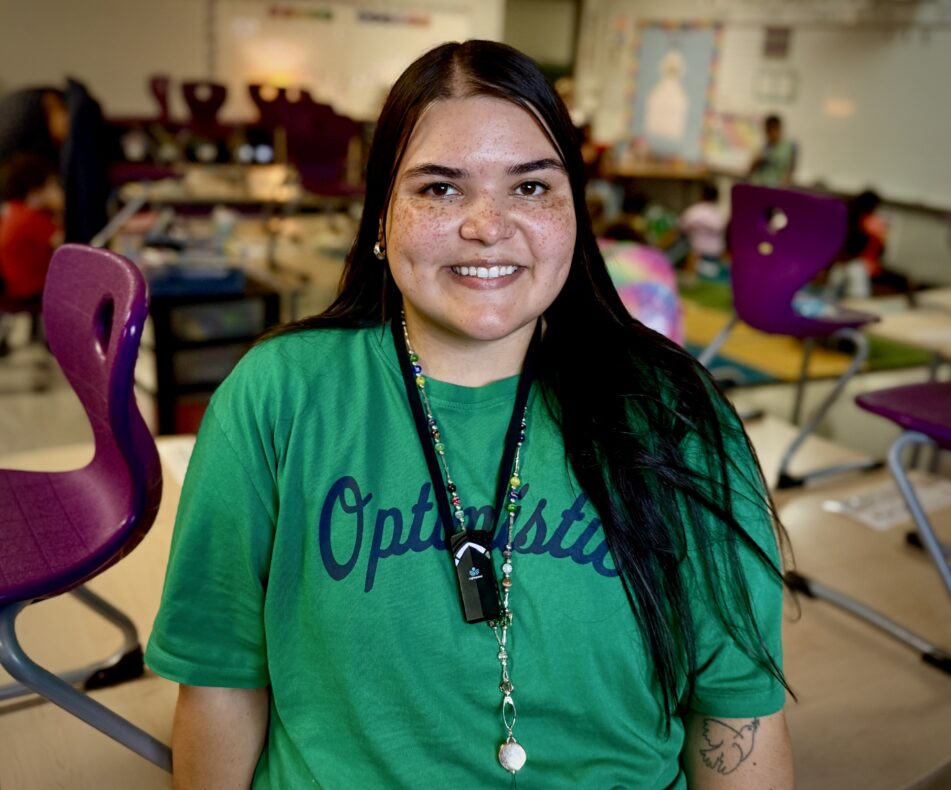
Phoenix Purman grew up in Genesee County and graduated from Eastern Michigan University with a degree in Early Childhood and Elementary Education. She and her husband, Jake, live in Whitmore Lake. In her free time, she enjoys spending time with friends, going to the movie theater, and exploring a variety of creative hobbies.
Principal Heather Hooppaw Miller says that Purman is an exceptional teacher because she takes the time to truly get to know students.
“What I admire about her the most is her ability to make all students feel seen and important within her classroom space,” says Miller. “The time she takes to ensure that all students’ needs are met— academically, socially, and emotionally—is truly above and beyond. It is so evident that her love of creating a nurturing environment is the primary focus of her practice each and every day. It is icing on the cake that she also has an amazing sense of humor.”
Why did you pursue a career in teaching, and what draws you to first grade specifically?
School has always been a place of joy for me, especially in those early elementary years. I remember the excitement of meeting my new teacher, finding out which friends were in my class, and all the little traditions that made school special: story time on the reading rug, writing spelling words in shaving cream on Fridays, building imaginary worlds at recess, creating with math manipulatives, assemblies, and time with sixth-grade buddies.
Those experiences shaped how I view learning and the classroom. First grade feels especially meaningful to me because it’s such a formative year. Students are building confidence as readers, forming friendships, and beginning to see themselves as independent learners. It’s exciting to watch them make connections to the world around them, and I love creating the same kind of lasting memories for my students that I cherished at their age.
How do you establish classroom culture and expectations with first graders?
With first graders, I build classroom culture by prioritizing relationships and putting students at the center of our community. Each day begins with our Morning Meeting, which fosters connection, sets a positive tone, and gives every student a chance to be heard.
I use interactive modeling to teach routines and expectations so students can participate confidently. I also involve students in creating our classroom agreements, helping them take ownership and see themselves as important members of our community.
Our classroom is a shared space where ideas are celebrated, collaboration is encouraged, problem-solving is developed, and mistakes are embraced. When students feel valued, safe, and responsible, they naturally rise to meet expectations and support one another’s learning.
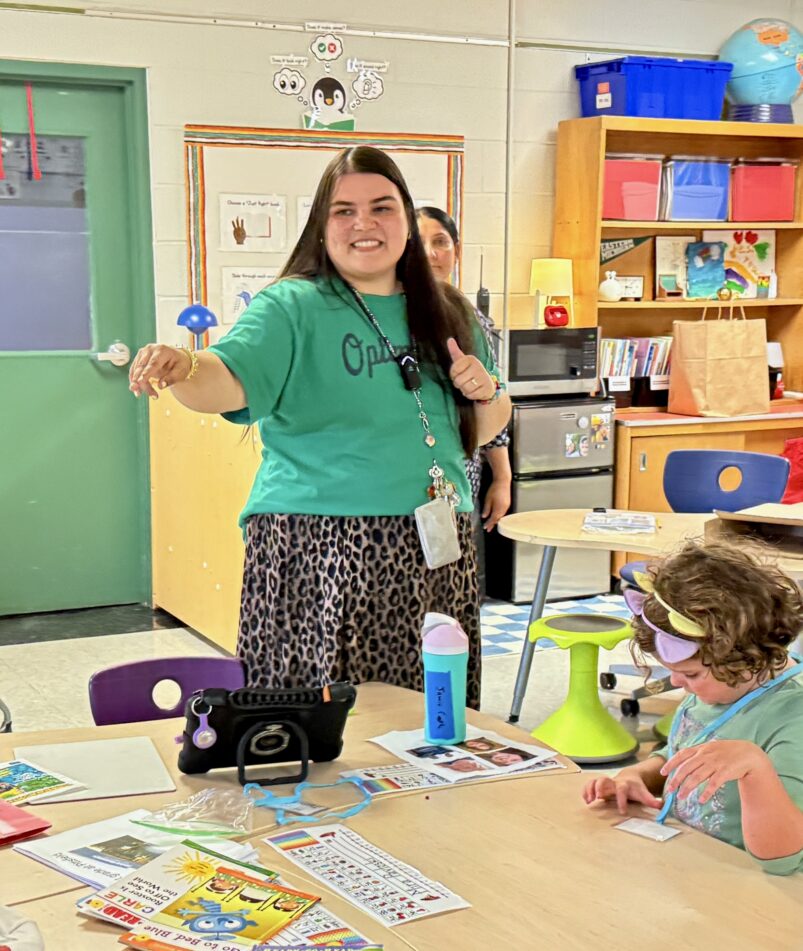
Describe your approach to differentiated instruction in first grade—how do you challenge students who are reading chapter books while supporting those still developing fluency?
Differentiated instruction is built into every learning opportunity. During whole-group lessons, I support understanding by providing definitions or examples and extend learning with higher-order thinking opportunities when appropriate. I also meet with students in flexible, skills-based small groups to provide targeted instruction, whether developing foundational skills or deepening knowledge. Additionally, students have the opportunity to read from a variety of books from our classroom library during Settle In Time each morning and Quiet Time each afternoon.
What strategies do you use to manage the increased social dynamics and peer relationships that emerge more prominently in first grade?
We start each day with our Morning Meeting, which helps students connect, practice listening, and build respect and understanding with one another. This proactive community-building prevents a lot of conflict before it starts. I also teach lessons and read books about social-emotional health and well-being that discuss problem-solving, setting boundaries, and productive conversations about conflict. Additionally, I teach self-soothing strategies and have a Rest & Return area in the classroom so students can regulate their emotions. These skills give students the tools to navigate peer relationships in healthy ways and contribute to a positive classroom community.
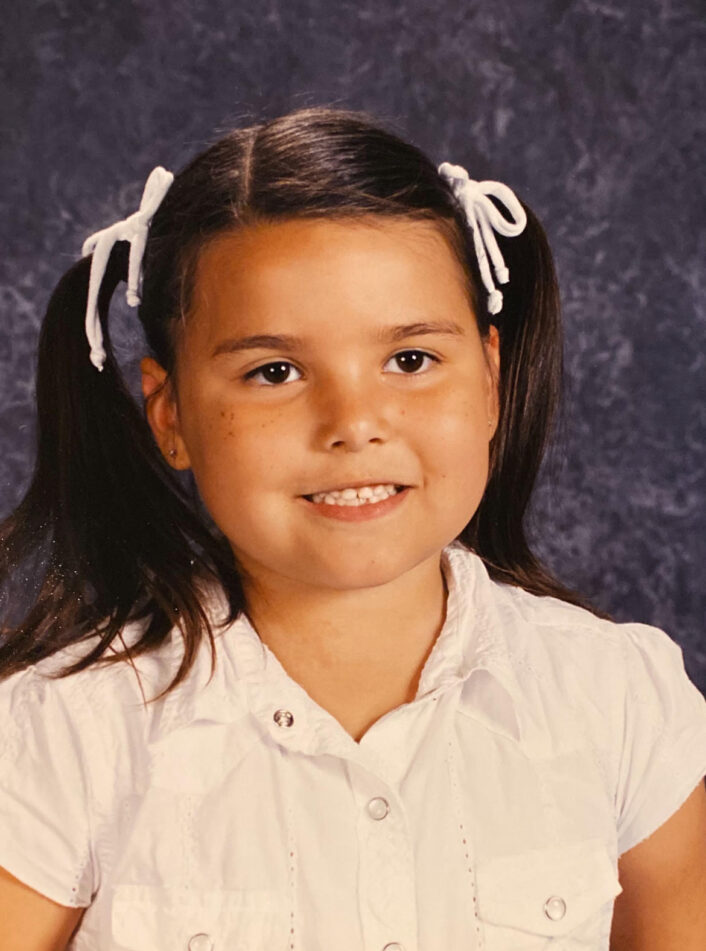
How do you balance hands-on, engaging activities with academic demands?
I balance hands-on learning with academic demands by using the resources built into the curricula. Everyday Math includes games and exploration with tools like unifix cubes, geoboards, pattern blocks, and more. These tools and activities make abstract concepts concrete and engaging. Our new Arts & Letters curriculum also provides creative opportunities in the bookend lessons, allowing students to deepen their understanding through various creative experiences. These hands-on approaches keep students motivated and joyful while still meeting our academic goals.
How do you communicate with parents about their child’s growing independence while addressing areas that still need development or support?
I keep families updated through weekly newsletters about classroom learning and school events. When I talk about a child’s independence, I celebrate their progress and also note areas of growth. I am always happy to partner with families to share strategies and maintain consistency between home and school.
What’ the most challenging part of your work, and how do you de-stress?
One of the most challenging parts of teaching first grade is balancing the wide range of academic and social-emotional needs in the classroom. I want every child to feel supported, engaged, and successful, which requires a lot of preparation and flexibility.
If I’m being honest, I usually go home and “bed-rot” to decompress, but I am trying to break that habit. I joined our Pittsfield staff yoga class with Rec & Ed and I’ve been enjoying evening walks after dinner. I also always enjoy spending time with friends and family or doing something creative.
How do you maintain patience and positivity during the more challenging moments?
I maintain patience and positivity by remembering that every challenge is an opportunity for growth for my students and myself. I focus on building strong relationships, using clear routines, and approaching each situation with empathy and a problem-solving mindset. I also find a lot of joy in my work and genuinely love being in the classroom, which helps me stay positive and keep the atmosphere encouraging, even during challenging moments.
What’s one aspect of first grade instruction that you find most rewarding, and what’s one area you’re eager to continue developing in your practice?
One of the most rewarding aspects of teaching first grade is witnessing the “lightbulb” moments when students connect their learning to the world around them. I also love seeing the empathy and care they show for one another as they collaborate or problem-solve. I look forward to developing my instructional skills and enhancing learning as I become more familiar with our new literacy and phonics curricula.
What do you like about working at AAPS, and at Pittsfield in particular?
I had the opportunity to student-teach in the district under the mentorship of Maddie Woodbridge at Burns Park Elementary and Jenny Gordon at Westerman Preschool and Family Center. Student teaching in the district gave me some insight into the core values that the teachers of Ann Arbor Public Schools were creating in their classrooms. I saw a culture of community, enriching learning opportunities, uplifting and celebrating our diversity, and meeting students where they are.
The strong sense of community is what makes working at Pittsfield so special. The students, families, and staff that make up our small Title I school all play an important role in making our school a place where learning, growth, and connection thrive.
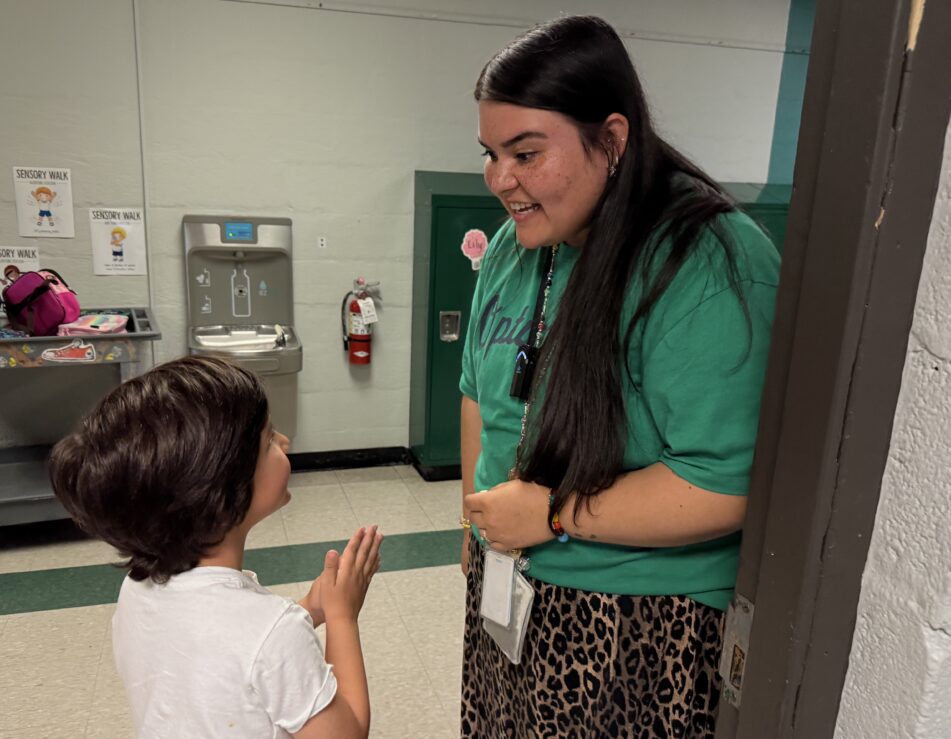
What would surprise your coworkers to know about you?
My coworkers might be surprised to know that I’m naturally quite shy and I do not like public speaking. This might seem unexpected because I’ve participated in public commentary at several board meetings and, by the nature of this career, regularly speak in front of people. Teaching has helped me build confidence and inspired me to use my voice. As a former shy student, it’s especially meaningful to see my students step out of their comfort zones to participate in learning discussions or share during Morning Meeting.
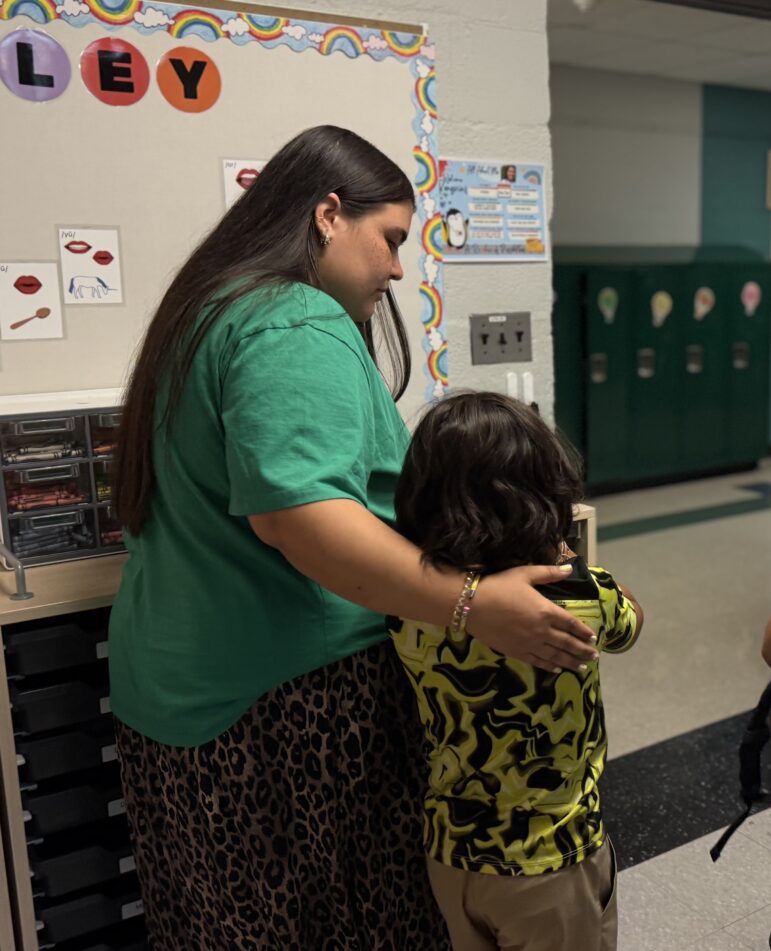
What’s your most-used app on your phone?
My most-used app is TikTok. I enjoy it for a mix of humor, recipes, creative inspiration, and teacher tips!
Favorite meal at your favorite local restaurant:
I love the nam prik pao stir fry and mango sticky rice from Tuptim Thai Cuisine.
How do you spend your summers?
I like to spend my summers relaxing, spending time with friends and family, and traveling. This past summer, I went to Europe with my college roommate for a couple of weeks. We were able to see our friend in Germany, then went to Amsterdam, Copenhagen, and London.

Be the first to comment